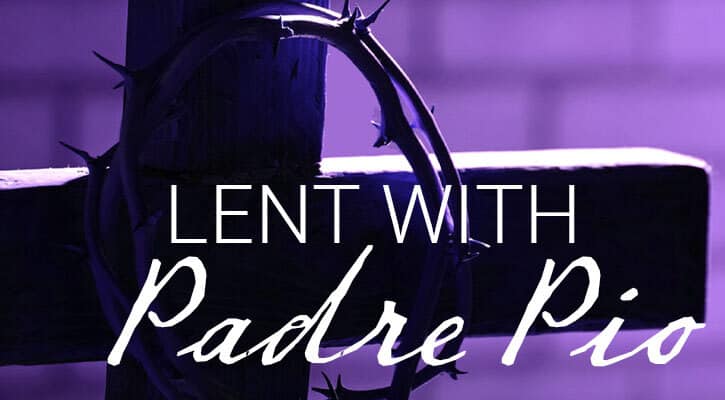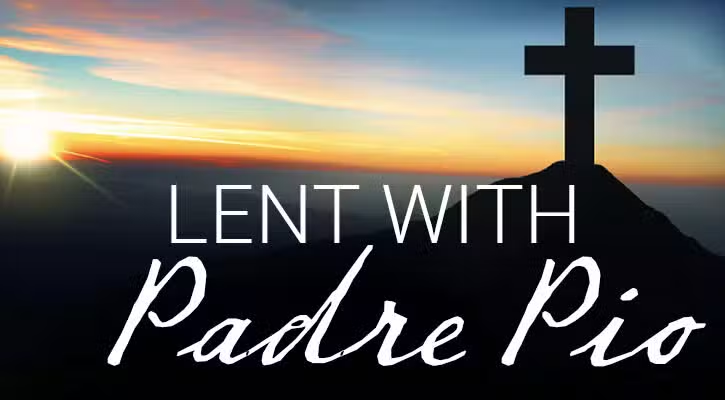On Mother’s Day, the St. Clement Band used to assemble in front of the friary between Masses. They played Marian hymns. As a small child, I enjoyed the concert. When they performed “On This Day, O Beautiful Mother,” I would think of my earthly mother. My two mothers would merge into one. It helped me appreciate both mothers.
The next impetus to an appreciation of Mary came in my novitiate year. Our director connected us with the work of St. Louis de Montfort, who wrote a treatise called True Devotion to Mary. Mary and the Rosary became more important.
The Order encouraged us to meditate an hour a day. In my later years I have decided the best way for me to meditate is to pray the Rosary. The Rosary connects me with Mary and the most important mysteries of the faith.
More and more it has dawned on me that the Rosary connects me with God’s beauty. Every mystery expresses just that. Their marvel is that they give us a glimpse of God’s beauty, but that there is always more to see.
Music and Mysteries
Some people wonder whether there is any point to repeating the same words. What I find is that the individual prayers are beautiful in themselves and can be enjoyed for their own sake. The point, however, is to meditate on the mysteries while repeating the words. It is like a violin sonata. The piano accompaniment (like the words) offers continuous support. The violin is then able to provide a melody of soaring beauty (the mystery).
The sonata metaphor can be taken further. There are several movements in a sonata. The pause between movements gives the musicians and listeners a chance to catch their breath. Each decade of the Rosary is a new movement. If our minds have wandered, the new decade brings us back to prayer.
Twenty Events of Spiritual Beauty
Today there are 20 decades to the Rosary. I find each mystery celebrating an event in Jesus’ and Mary’s life a thing of beauty.
In the joyful mysteries we marvel with Mary at the beauty of God in the Incarnation and the early life of Jesus. In the mysteries of light we witness the baptism of Jesus, his miracles, his preaching, his transfiguration, his gift of the Eucharist. In the sorrowful mysteries, we experience the horror of Jesus’ death and the heartrending events that led up to it. Is there beauty here? Yes, because we are swept up into the infinite love of God revealed in Jesus’ self-emptying. In the glorious mysteries, we contemplate the glorification of Jesus and Mary. We are confronted by beauty far beyond our ability to comprehend, but a beauty we long to experience.
As a Franciscan, I have learned how Francis, Clare and so many of their followers in the three Orders enjoyed the beauty of creation, the beauty of all God’s mysteries and the beauty of all human beings. The Rosary puts me in touch with the beauty of Franciscan tradition.
Sometimes people have trouble with the Catholic Church, thinking that its dogmas and code of morality cramp our freedom. The opposite is true: The Church with its mysteries, moral teaching and Rosary helps us enjoy God’s beauty. And with Mary we can treasure all these things in our hearts.
The Rosary
Because the Old Testament’s Book of Psalms has 150 psalms, some Christians began a devotion of praying the Our Father 150 times. In the Middle Ages, the Hail Mary was substituted, with the 150 beads for counting them being grouped into the joyful, sorrowful, or glorious “mysteries” (events in the life of Jesus and Mary). In 2002, Pope John Paul II added a new set of mysteries, calling them the “mysteries of light.”
The practice of praying the Rosary started gaining popularity in the 13th century because it was a simple yet profound prayer that could be prayed by anyone at almost any time.
Next Month: Devotion to Saints








